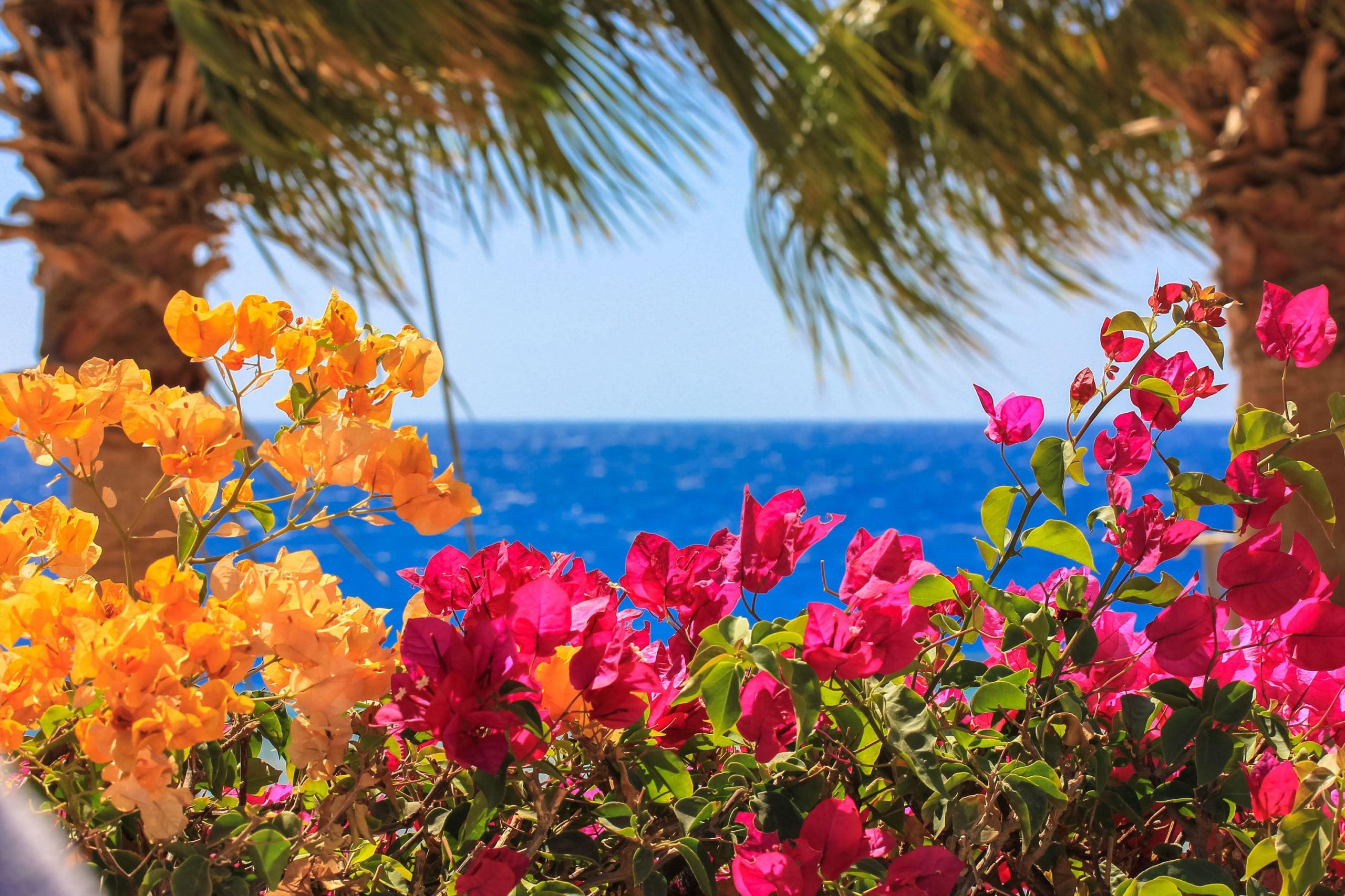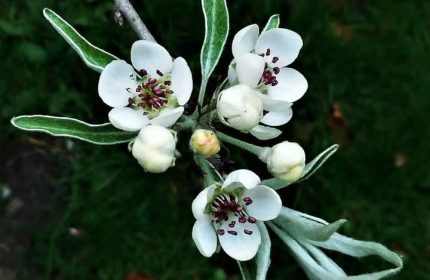Holiday plants to grow at home to remind you of far-flung destinations
Six foreign favourites to give your home a holiday feel.
If you love botanical gardens and plant collections when you’re on holiday, why not bring that feelgood factor home by growing some of your far-flung favourites?
Plant inspiration can come from all over the world – from South Africa and the Caribbean, to Japan and Southern Europe – and you can grow many of the plants you see on your holidays at home. What better way to spark those special memories and hopes of sunnier times…
Protea

A native of South Africa, along with agapanthus, restios, strelitzia (bird of paradise) and tulbaghia, the protea (the king protea – Protea cynaroides), is the national flower of South Africa. You can spot them growing wild on Table Mountain, but you can grow them here too.
Treat them as an alpine but be aware they won’t behave as they do in their natural habitat, as they don’t like wetter, warmer winters. They are not hardy, but if you live in a mild area they should thrive in full sun and poor, acid soil, with plenty of air flow.
In cooler locations, grow them in a well ventilated greenhouse or conservatory, as they don’t like damp, humid conditions and will soon die if you put them in waterlogged ground. With a little TLC, you should be rewarded with their unusual flowers surrounded by colourful bracts.
Bougainvillea
View this post on Instagram
Mediterranean countries are awash with this dazzling climber, which you see in shades ranging from shocking pink to peach and white, although the plant actually originated in Brazil. In this country, you’ll need to grow it in a sheltered spot, preferably a conservatory or greenhouse which is heated in winter, as it prefers warm, sunny conditions and won’t withstand frost.
Palm tree
View this post on Instagram
We see them in so many hot countries, from the Caribbean to the Americas and beyond. Yet you too can enjoy a taste of the tropical if you choose specific palms, which are suitable for a UK climate.
The most popular is the Chusan palm (Trachycarpus fortunei), also known as the windmill palm, which originated in China but can easily be grown here. It has a single main stem bearing fan-shaped deep green leaves, with small clusters of yellow flowers appearing in summer followed by blue-black fruits from female plants.
Keep them sheltered from cold, drying winds, and give them some protection in winter if you live in a cold area. Those with small spaces should ideally grow them in large pots in a warm, sheltered position, allowing you to bring them inside for winter.
Pride of Madeira (Echium candicans)
Pinnacles of perfection. Echium candicans. #echium #candicans #echiumcandicans #bugloss #vipersbugloss #blueflower #flower #blue #garden #gardener #cornwall #cornish #cornishgarden #prideofmadeira pic.twitter.com/h1W8KV3V5P
— Lawrence Wright (@LawrenceWright3) April 21, 2020
Originating from Madeira, as its name suggests, this bushy, evergreen, biennial sub-shrub, which reaches around 1m high, bears majestic rosettes of hairy grey-green leaves and spikes of dazzling purple flowers from spring into summer. It’s also common in California, but if you find a sunny, sheltered spot closer to home, you may have success without a Californian climate.
Plant it in moderately fertile, well-drained soil in full sun at the back of a border or among cottage garden plants, or partner it with spiky palms and agaves in a sheltered, tropical scheme in full sun. In autumn, cut the spikes down and cover the plant with horticultural fleece to protect it from winter weather.
Red Carnation
View this post on Instagram
The red carnation, whose scientific name is Dianthus caryophyllus, is the National Flower of Spain and the Flower of the Balearic Islands, although there are many different varieties to choose from in everything from white to deep pink and multi-coloured types.
Symbolising love, passion and historically religious zeal, locals use the red carnations extensively, at the front of borders and to provide a colourful addition in patio pots. They are perennials, relatively low-maintenance and should come back year after year. Grow them in free-draining neutral to alkaline soil enriched with compost or well rotted manure, deadhead regularly and feed them with fertiliser each spring.
Flowering cherry (prunus)
Prunus x subhirtella ‘Autumnalis Rosea’ is a winter flowering ornamental cherry. With pretty pink blossom from late autumn to early spring, it is not too large and tolerant of most soil conditions…#theplaceforplants #suffolkgarden #prunus #ornamentalcherry #gardeningtips pic.twitter.com/XQYz6iyGHI
— The Place for Plants (@placeforplants) January 3, 2018
Anyone who’s visited Japan in spring could not fail to notice the dazzling cherry blossom, known as sakura, which this year is expected to arrive a couple of days early in its native country in March. The colourful display is a huge hanami (‘flower viewing’) attraction, while the cherry blossom season in the UK and Ireland typically starts towards the end of March, as clouds of billowing blossoms spring to life.
Their blousy blooms may look fragile, but these trees are tough, surviving harsh Japanese winters and tolerating various soil types, although they prefer chalky (alkaline) soils, and do best in full sun, sheltered from strong winds to protect the blossom.
There are plenty of choices, but the best include Prunus ‘Accolade’, which blooms in early spring, growing to a final height or around 8m, and Prunus subhirtella ‘Autumnalis Rosea’, which opens its pink flowers on bare stems throughout the winter.
The Press Association
Latest posts by The Press Association (see all)
- The 5 ways drinking alcohol can affect your body - April 7, 2025
- Why you should welcome these scary-looking critters into your garden - April 7, 2025
- World Parkinson’s Day – 10 early signs of the disease - April 5, 2025
- World Health Day: 8 easy ways to boost your health in just 10 minutes - April 5, 2025
- International Carrot Day: 9 weird and wonderful things you didn’t know about the orange vegetable - April 4, 2025




















